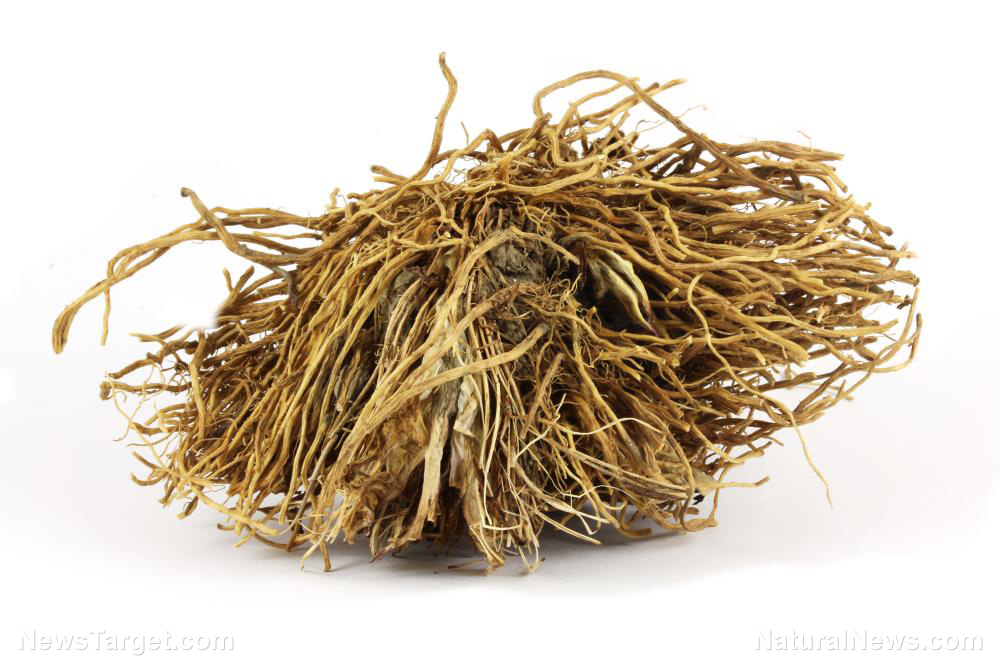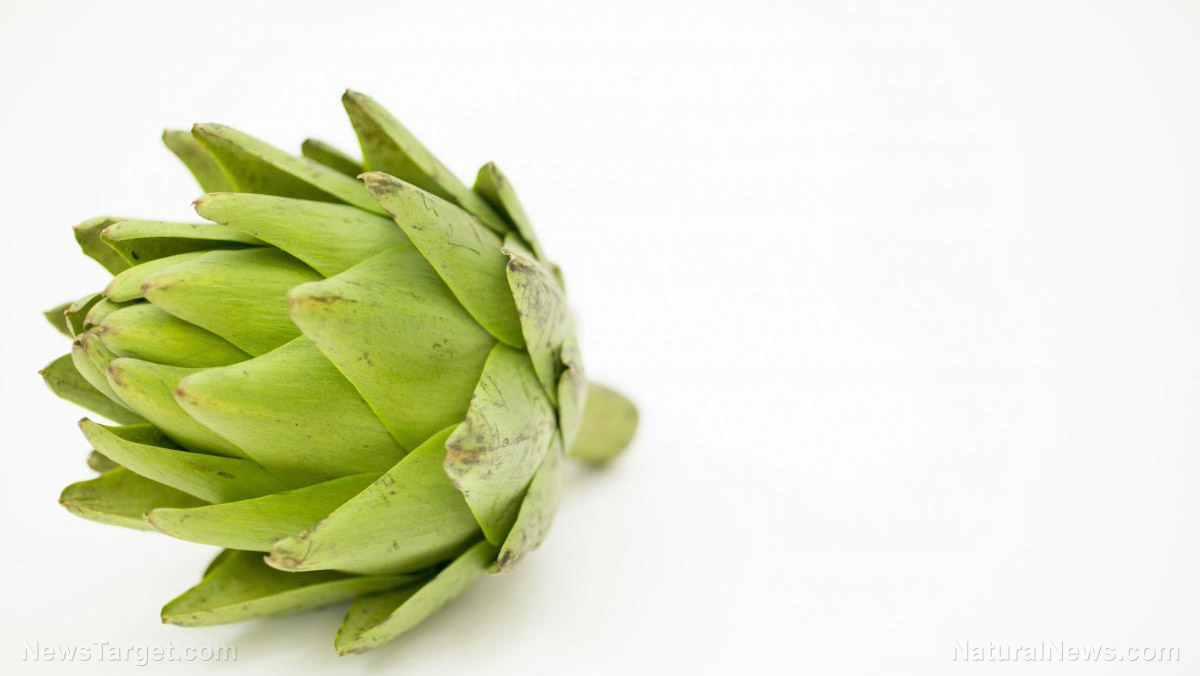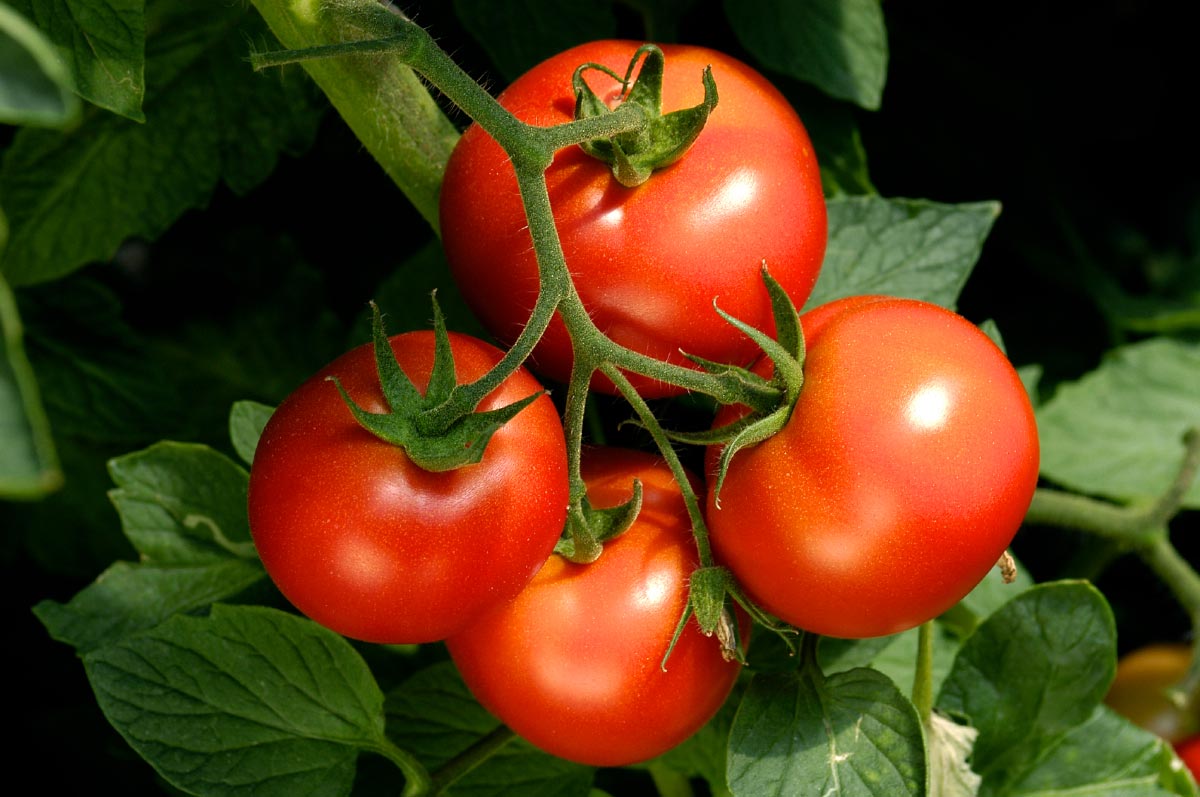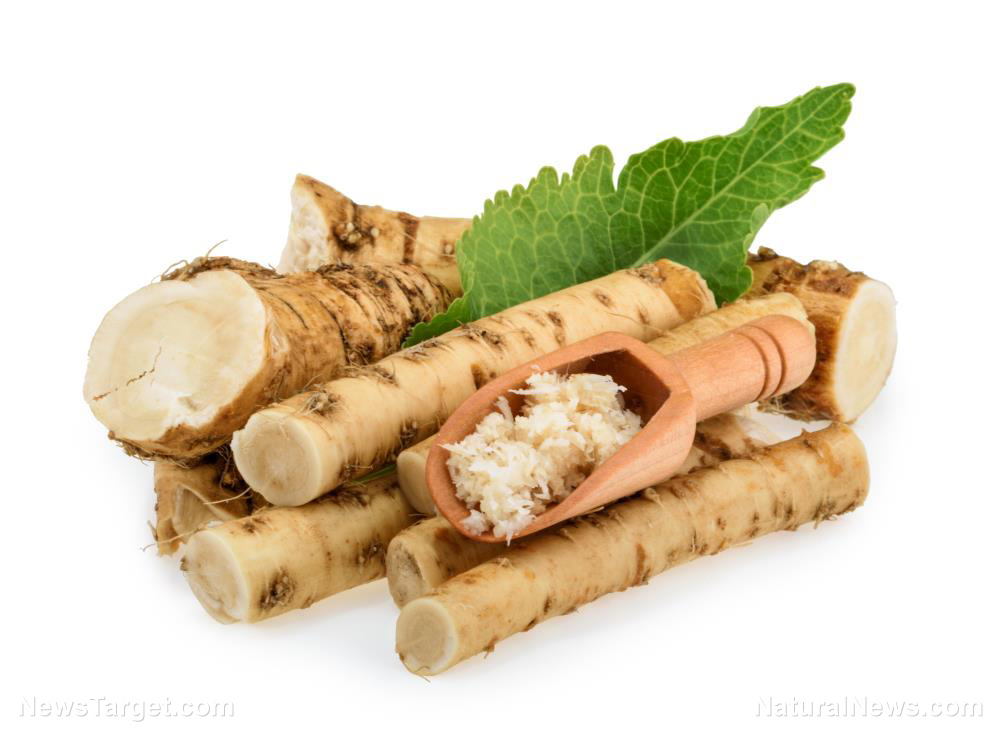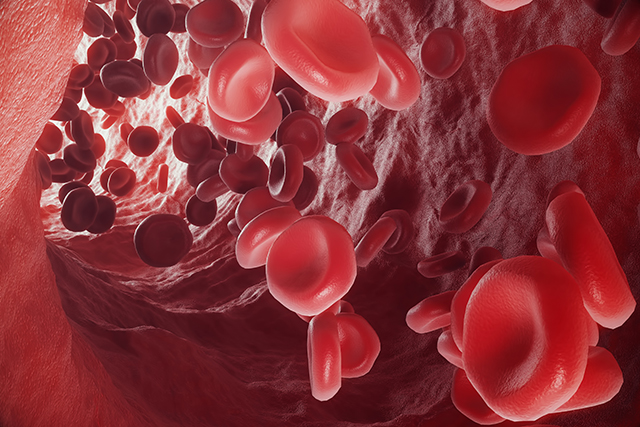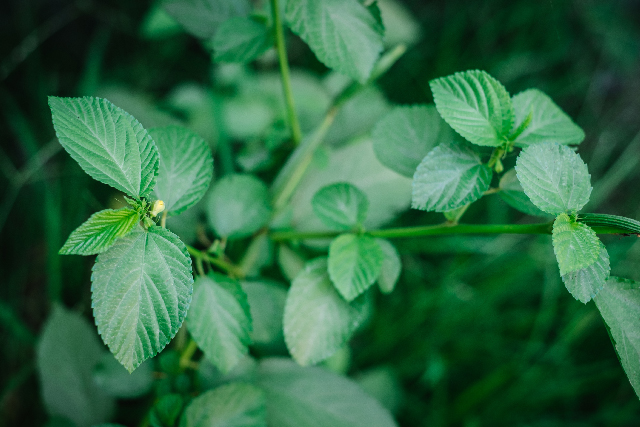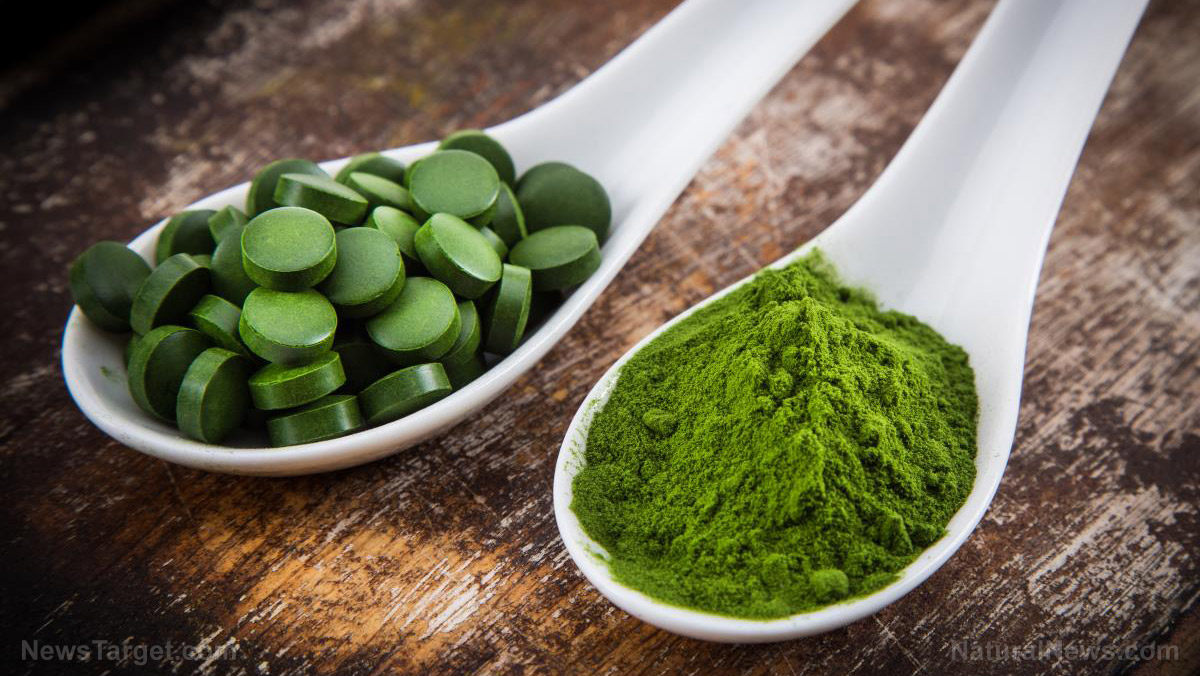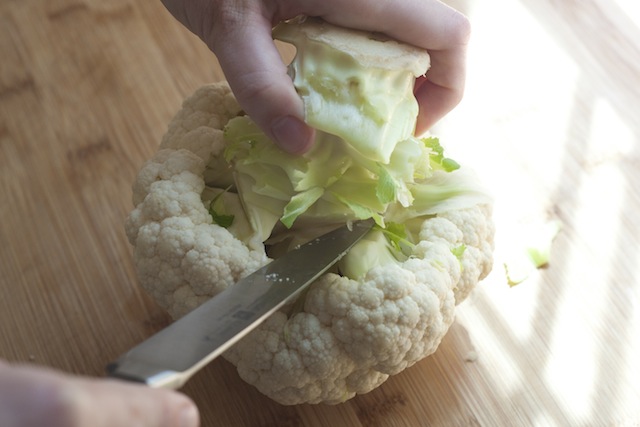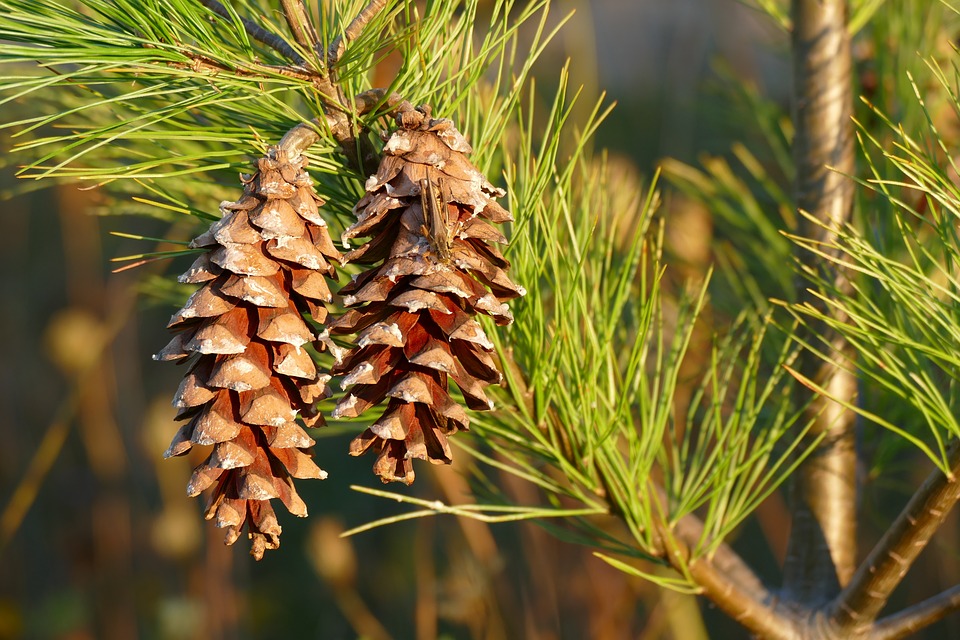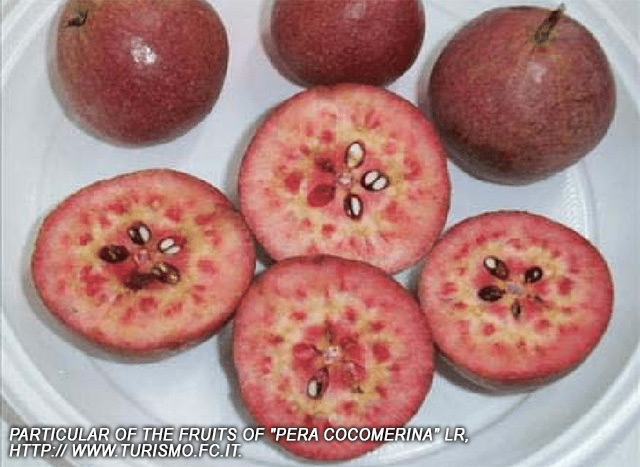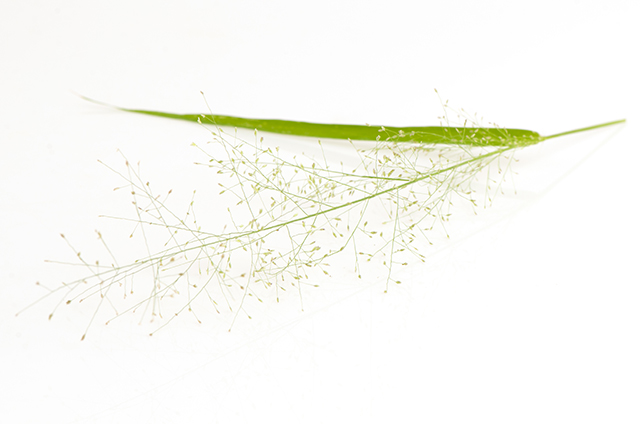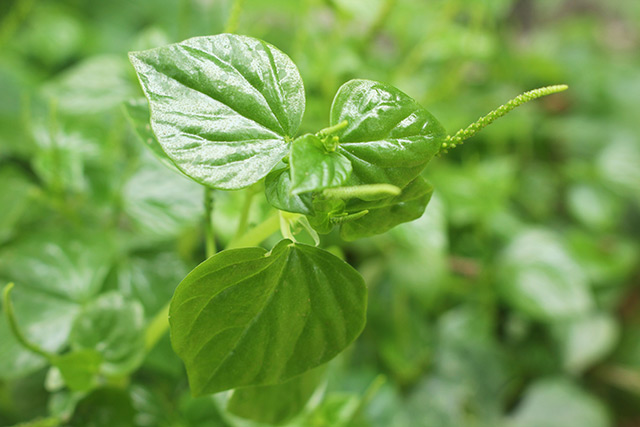A healthier macaroni: Using pomegranate peel flour makes the dish more nutritious
10/09/2018 / By Frances Bloomfield

Macaroni isn’t a food typically associated with eating healthily. But with the addition of the right ingredients, this simple yet satisfying pasta can become a nutrient-rich treat. One such ingredient is pomegranate peel. It may not seem like much, yet according to a study published in the Australian Journal of Basic and Applied Sciences, pomegranate peel, when powdered and combined with flour, helps create truly healthy macaroni.
As noted by the researchers, the pomegranate fruit is rich in beneficial compounds and the peel is no different. After obtaining pomegranate peel powder from mature pomegranates, the researchers measured its nutritional content. They discovered that pomegranate peel powder has a considerable amount of phenolic compounds, soluble and insoluble dietary fibers, calcium, potassium, and phosphorus. (Related: Use pomegranate seed flour for healthier and tastier bread.)
From here, they moved on to creating five different macaroni blends. One blend contained pure semolina wheat. The four other blends were made with varying amounts of pomegranate peel powder: 10, 15, 20, and 25 percent pomegranate peel powder with 90, 85, 80, and 75 percent semolina wheat, respectively.
The blends that had the most pomegranate peel powder were noted as having the largest weight, total soluble solids, and volume. When it came to evaluating desirability, however, the blends with the least pomegranate peel powder ranked the highest, next to the pure semolina wheat blend. This was due to the other blends scoring lower in the categories of color and stickiness, which the researchers attributed to the presence of dietary fibers possibly affecting water absorption.
The different macaroni blends were cooked and fed to five groups of hyperglycemic rats over the course of four weeks. The rats were weighed at the end of the experiment. The most weight loss was noted in the rats given the macaroni blends that had the most pomegranate peel powder. As per the researchers, the pomegranate peel dietary fibers may have caused the rats to consume less over the four-week period. Though the peel’s fiber content may have affected the rats in this manner, these nutrients have “beneficial physiologic effects” on human beings, according to the researchers.
Apart from promoting weight loss, the macaroni blends with the most concentration of pomegranate peel powder also affected the animals’ lipid profiles and blood sugar levels. Specifically, these blends resulted in the animals’ lipid profile and blood sugar levels to go down by a significant margin. The researchers believe that, just like weight loss, these effects are caused by the action of both dietary fibers and natural antioxidants in the pomegranate peel.
“Soluble dietary fibers are believed to slow the release of reducing sugars from food and hence lower postprandial blood glucose level by several mechanisms,” they wrote in the study. “In this concern, pomegranate fruits peel can be used as functional ingredient as a good source of crude fibers and natural antioxidants which provide numerous health benefits such as their ability to decrease serum LDL-cholesterol level.”
The researchers suggested adding pomegranate peel powder to give different foods a nutritional boost and make them ideal for people struggling with hyperglycemia and heart conditions.
For those who want to further boost the healthiness of their macaroni, there are several ways to do just that. One is to add spinach when making macaroni and cheese. Spinach adds a good dose of folate, beta carotene, and vitamin E. Substituting whole milk with low-fat milk, as well as changing going for low-fat cottage cheese over full-fat cheese, will reduce the fat content and calorie count of the dish.
To read more food-related studies or articles, simply go to FoodScience.news today.
Sources include:
AJBASWeb.com [PDF]
Tagged Under: antioxidants, dietary fiber, food cures, food science, heart health, hyperglycemia, macaroni, Natural Alternatives, natural ingredients, nutrition, pomegranate, pomegranate peel

